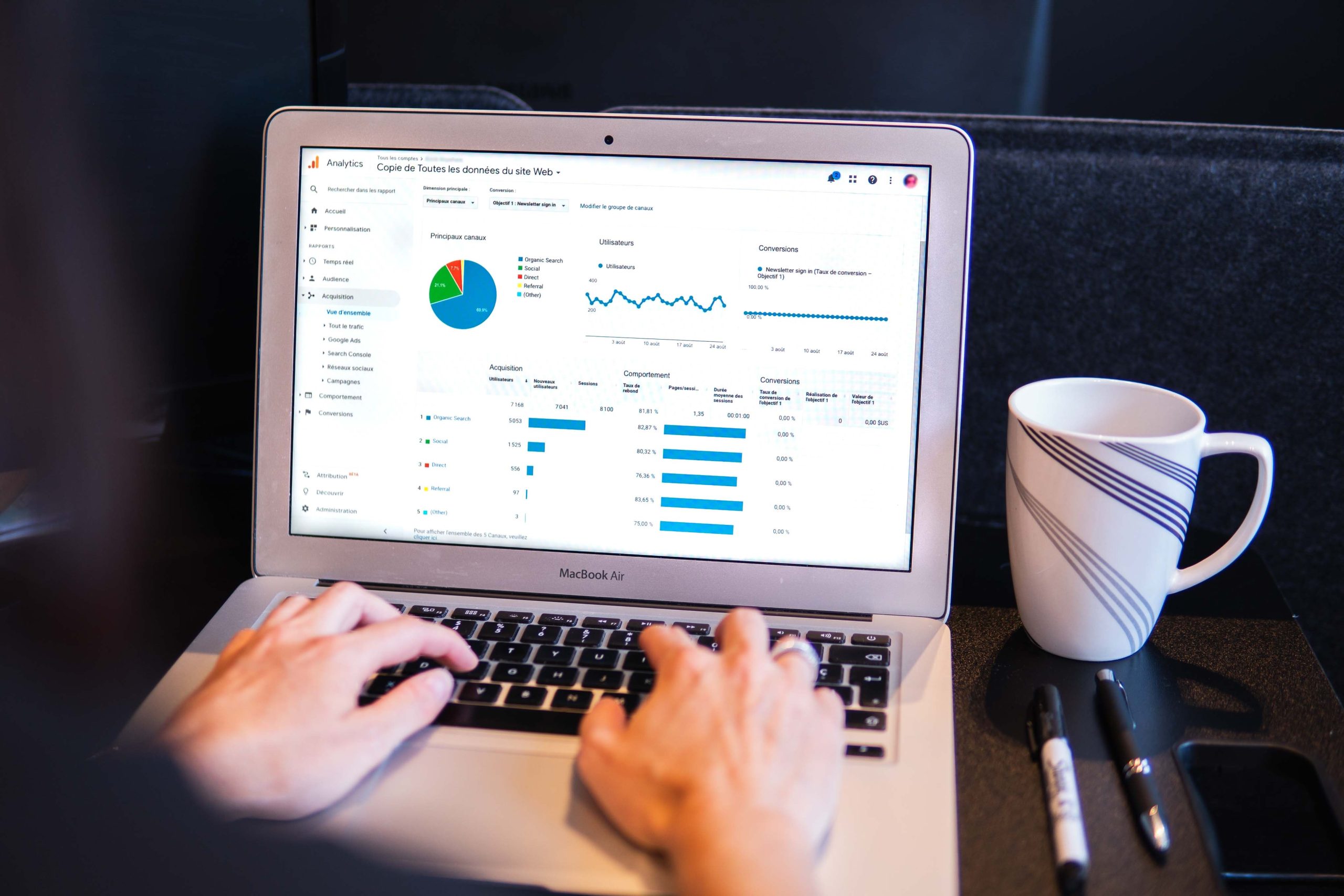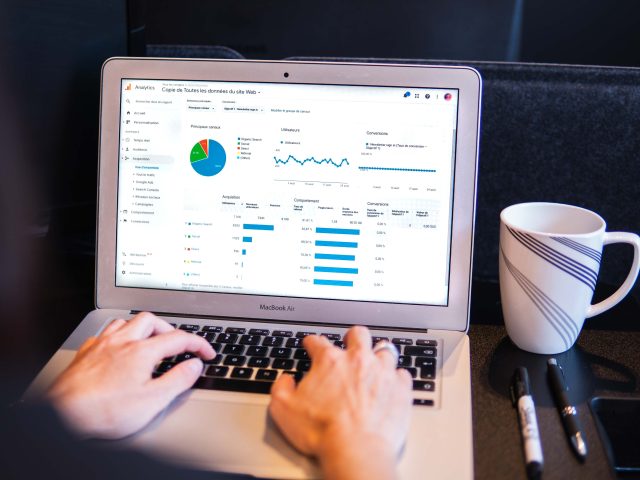You may fully utilize both platforms by connecting Google Ads and Google Analytics so that the two systems can communicate useful data.
Here are nine advantages to integrate them right away.
1. Take a broad view
You can increase website traffic by using Google Ads, but you won’t learn anything until you also analyze the traffic and track the effectiveness of your ads. If you continue using this method, you will only have a partial understanding of what is taking place.
By connecting it to Google Analytics, you can measure performance and compare your paid advertising efforts to those of your other marketing channels.
Additionally, by learning more about your keywords, user behavior, and ad performance, you’ll be able to better grasp your target market.
2. Straightforward Reporting and Access to Engagement Metrics
In Google Analytics, there are many helpful measures for measuring audience interaction, including:
Bounce Rate
Page views
Time Spent on Site
You can access these stats in your Google Ads user interface after linking to Analytics. This will keep you updated on whether users find your landing pages or advertisements to be sufficiently engaging.
A clearer overall picture of the conversion process should result from the ability to import goals data to Google Ads.
Additionally, you can identify which links are bringing visitors to your site by looking at the site links report in the Google Ads area of Google Analytics.
3. Unified Performance Analysis Platform
You may do a complete performance study in Google Analytics with associated accounts. Even better, it will be simple to complete since you won’t need to return to Google Ads to acquire important information like:
Ad group, keyword, and campaign costs for your Google Ads campaign.
the number of clicks your advertising, keywords, etc. receive.
keyword effectiveness
4. Improved Reporting for Google Ads
You can only learn so much about visitor behavior from Google Ads. You need to connect Google Analytics if you really want to see what visitors do when they land on your site and figure out why they are leaving.
With this set up, you can evaluate traffic quality directly and learn what is preventing visitors from converting.
Try the Multi-Channel Funnel reports to advance your reporting and have a comprehensive understanding of the client experience. This offers details on:
5. More Visual Analysis of Important Data
Visualizations are becoming more and more common. They greatly simplify the process of quickly extracting important insights from data. The increased accessibility to visualizations like Tree Maps and Sankey charts is among the major advantages of integrating Google Ads with Google Analytics.
This enables marketers to investigate keyword and user activity trends, and the simple, color-coded graphs help even the most complicated data sets to be understood.
6. Determine the conversion-drivers.
It can be a little confusing to follow multiple different conversions in Google Ads. It’s significantly simpler to identify which keywords and ads are resulting in conversions once Google Ads is connected to your Ads account.
Analytics lets you filter data at many levels, be it by campaign, goal, or keyword, whereas Ads only delivers reports.
7. Recognize the client journey
It’s simple to become obsessed with conversions. They are not, however, the end all be all. You can take use of the plethora of information on other crucial advertising KPIs by opening the doors of your Google Ads campaigns to deeper study in order to spot chances for optimization. This will enable you to increase the return on your investment (ROI).
Google Analytics offers insightful information about the consumer journey, highlighting crucial points that may be adjusted in your advertising campaigns to improve user experience.
Google Analytics offers insightful information about the consumer journey, highlighting crucial points that may be adjusted in your advertising campaigns to improve user experience.
You’ve undoubtedly seen an advertisement on a website that is connected to one that you visited a few days ago. Retargeting is a technique that works well to get visitors to return to your website.
When marketers link their Ads and Analytics accounts, they may send data about their target market to create custom retargeting ads. You can focus only on users who are already interested by doing this.
9. Streamlined Integration With Other Platforms and Tools
The UI of Google Analytics is simple and intuitive, and it functions well on both desktop and mobile devices. Additionally, it is simple to integrate with other Google services, such as:
Ads by Google
Search Console by Google
multi-channel funnel (MCF)
It’s likely that Google will offer more connectors as digital marketing develops in order to increase the flexibility and scope of your data analysis.




